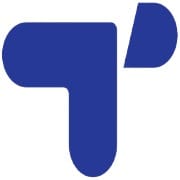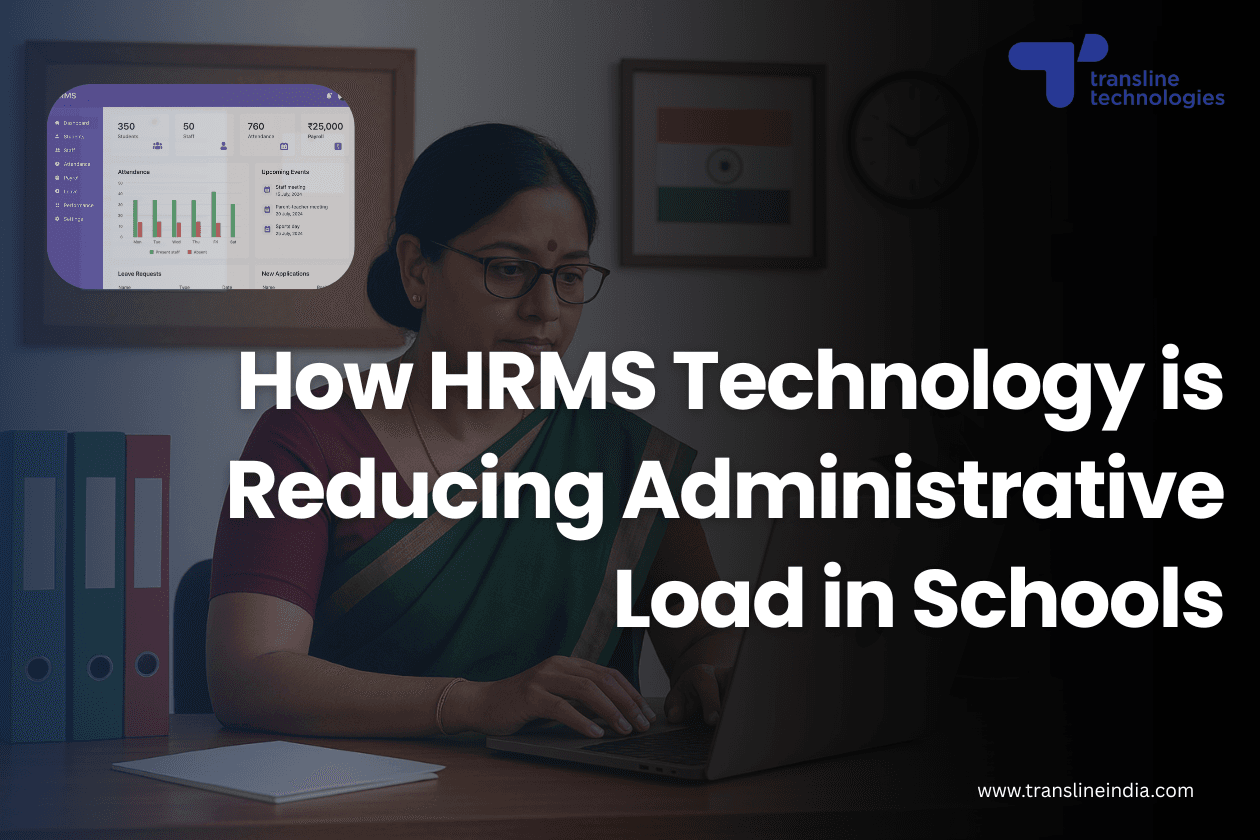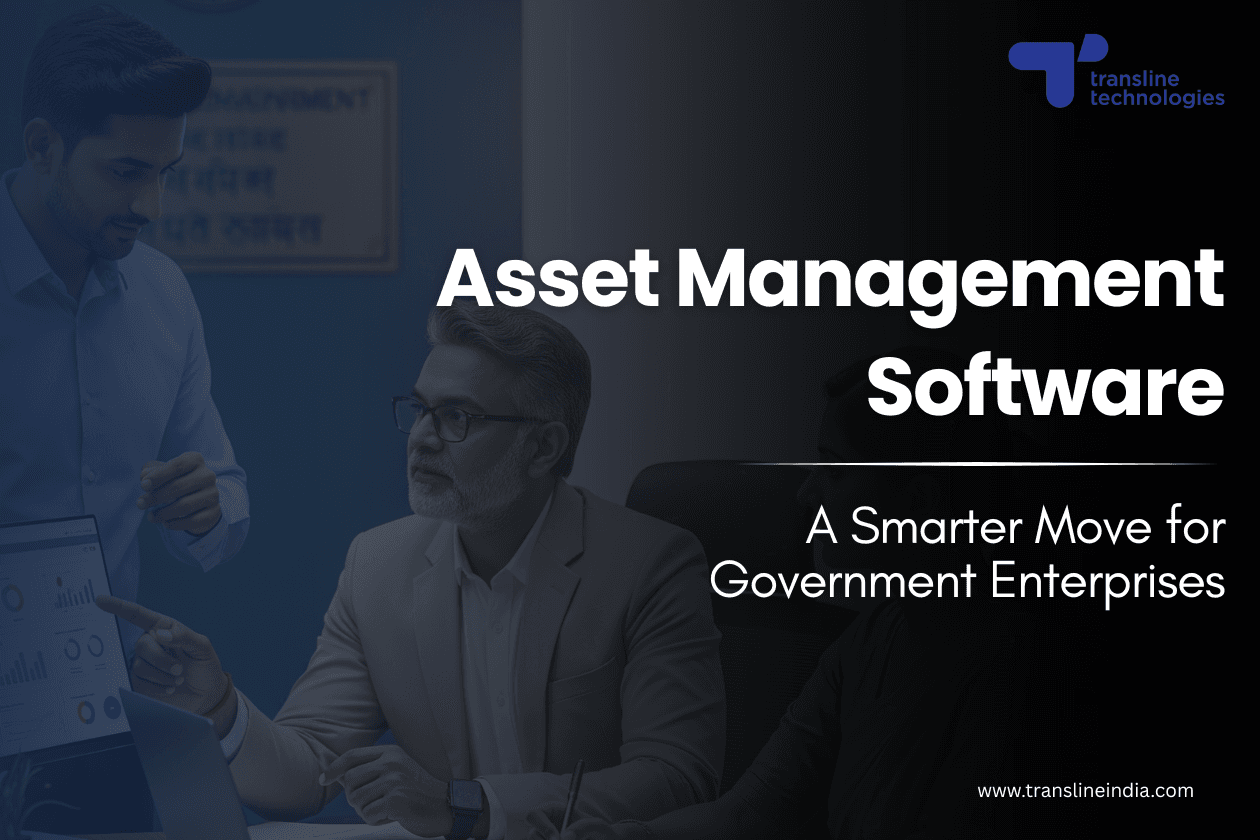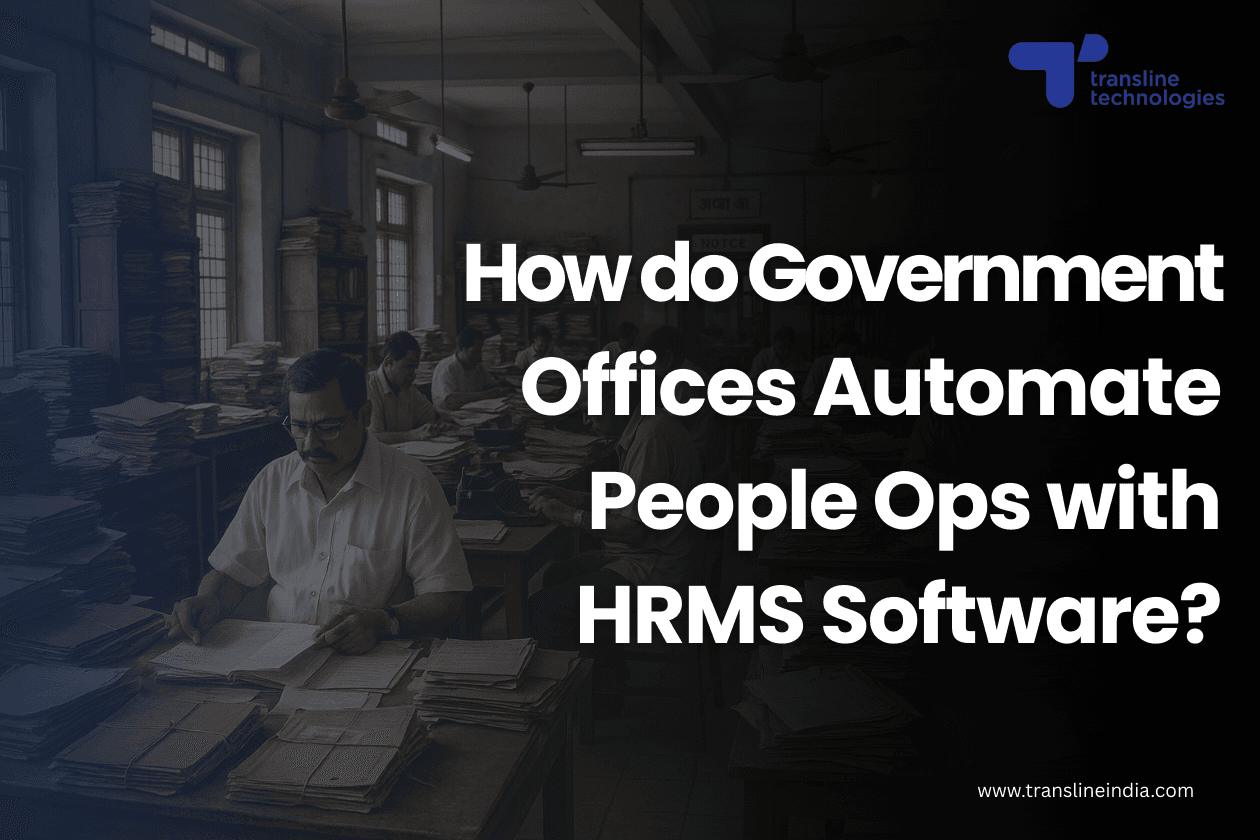
What is HR Automation?
HR automation is the technological process which is used to streamline and simplify tedious routine human resource tasks. In the context of the public sector, a Government HRMS (Human Resource Management System) enables automation of processes such as payroll, leave tracking, recruitment, and compliance. By adopting HR software for government, organizations can reduce paperwork, minimize errors, and improve overall efficiency. Tools like an attendance tool for the Government ensure precise tracking of work hours and leave, enhancing workforce accountability. A modern public sector HRMS offers data-driven insights, supports remote access, and empowers employees through self-service features. Simply put, HR automation transforms traditional HR into a digital, agile function—making it essential for today’s government organizations.
Why HR Automation is Important for Government Organisations?
For public institutions, adopting HR automation is more than just a technological upgrade — it is a strategic imperative. Government bodies operate under strict compliance mandates and often face severe workforce management challenges due to unclosed vacancies at key positions. A robust government HRMS addresses these shortcomings by automating tasks like payroll, onboarding, and compliance tracking. An integrated attendance management tool for government organisations ensures accurate employee timekeeping, streamlining reporting, benefits management, and employee data handling.
Public sector HRMS solutions reduce unnecessary and tedious paperwork, minimise manual error rates, and save time, thereby making HR processes more transparent and efficient. With built-in automation capabilities, employees can manage leaves, update details, and access pay-slips independently, reducing workload on the HR Department and improving satisfaction. Moreover, government HRMS platforms can present detailed HR analytics reports, which can help HR Departments as well as Ministries identify recruitment and attrition trends, measure employee performance, and make informed decisions.
How can Government Departments Automate HR Operations?
As digital transformation reshapes governance, HR automation empowers public sector agencies to do more with less. It ensures operational consistency across departments, supports remote work, and helps meet regulatory demands with confidence. Ultimately, public sector HRMS solutions are not just about efficiency — they are meant to enable a smarter and more responsive Government workforce. Here, we discuss some most critical applications of Government HRMS solutions and how they help with HR automation.
Recruitment and Onboarding
In India, government organisations are increasingly adopting Human Resource Management Systems (HRMS) to automate recruitment and onboarding processes. These platforms streamline the entire hiring or recruitment cycle — from publishing job posts in the relevant media channels, to application tracking, to candidate shortlisting and digital offer rollouts — ensuring transparency, accountability and efficiency throughout. For instance, the Agnipath recruitment campaign utilized HRMS tools for automated CV parsing, bulk offer letter generation, and self-service onboarding via Employee Self-Service portals, significantly reducing manual workload. Additionally, HRMS platforms facilitate digital documentation, e-signatures, and integration with training modules, enabling new hires to access essential resources and complete compliance requirements seamlessly. The Department of Telecommunications has also emphasized the importance of expediting onboarding and validating employee profiles through e-HRMS 2.0. Overall, the adoption of HRMS in government sectors enhances transparency, reduces administrative burdens, and promotes data-driven governance in public sector HR management.
Background Verification and Compliance Tracking
Government organizations in India are increasingly using advanced Human Resource Management Systems to automate background verification and compliance tracking. These platforms enable seamless verification of an employee’s academic credentials, previous employment records, police verification, address verification and other legal clearances by linking with official databases. This minimizes manual intervention, reduces processing time, enhances accuracy and avoids the risk of forgery of documents during hiring.
Regulatory compliance is guided by the IT (Reasonable Security Practices and Procedures and Sensitive Personal Data or Information) Rules, 2011, under the IT Act, 2000. These rules require employers to obtain informed consent before collecting sensitive personal data, ensure that it is used appropriately, and maintain strong data protection measures. Moreover, after the Supreme Court’s recognition of privacy as a fundamental right, background verification must be conducted with transparency and respect for individual privacy.
By integrating compliance features and secure verification tools, HRMS platforms help government departments streamline onboarding while ensuring they operate within legal and ethical boundaries.
Attendance and Leave Management
Public sector departments in India are adopting Government HRMS tools to automate attendance and leave management. The attendance tool for government departments eliminates manual paperwork by allowing employees to apply for leave, check balances, and track approvals online. For example, Indian Railways fully shifted to the HRMS Leave Management Module from August 2023, making digital processing mandatory.
The platform ensures real-time updates of leave records, enforces policy-based validations, and sets fixed timelines for approving or rejecting requests—enhancing speed and transparency. Legacy data was carefully migrated and verified to maintain accuracy. Additionally, the centralized nature of the system helps standardize attendance monitoring and reduces errors across departments.
By using government HRMS, HR officers in the public sector improve administrative efficiency, support timely decision-making, and ensure compliance with departmental service rules.
Payroll and Benefits Administration
In India, Government HRMS solutions play a vital role in streamlining payroll and benefits administration. These platforms automate the entire payroll process, ensuring accurate and timely salary disbursement while reducing manual intervention and errors. Public sector HRMS softwares also manage statutory deductions including income tax, provident fund, and other compliance-based contributions, all aligned with government rules for HR automation and financial policies.
The system integrates with digital payment platforms like Bharat Kosh for seamless processing of salaries, reimbursements, and other financial transactions. It also automates the calculation and disbursal of allowances, bonuses, and benefits as per employee grades and entitlements. Employees can access payslips, submit claims, and request advances through the HR software for Government Departments, improving transparency and minimizing administrative delays.
By digitizing service records and applying role-based access controls, HRMS ensures compliance with central and state regulations. It also supports real-time monitoring and reporting, helping authorities make data-driven decisions on compensation, budgeting, and workforce planning.
Overall, HRMS significantly enhances the efficiency, accuracy, and accountability of payroll and benefits management in government organizations, while supporting transparent governance and employee satisfaction.
Asset and Reimbursements Monitoring
The use of HR software for Government bodies in India has significantly improved how employee reimbursements and organisational assets are managed. These systems allow staff to digitally apply for reimbursements such as medical claims, telephone bills, and children’s education allowances through a centralized interface. Automated HRMS workflows minimise the bottlenecks in processing salaries and avoid manual calculation errors.
To ensure timely responses, the Department of Personnel and Training (DoPT) has defined fixed service delivery timelines — for example, up to 9 days for telephone and newspaper claims, and 11 days for education and medical reimbursement approvals. This promotes efficiency and accountability across departments.
For asset management, public sector HRMS tools offer complete lifecycle tracking — from procurement and allocation to maintenance and eventual disposal. This prevents asset mismanagement, ensures optimal usage, and maintains up-to-date inventory records for audits.
By consolidating reimbursement and asset tracking functions, HRMS not only improves internal operational transparency but also aligns with India’s broader digital governance goals. This integrated approach helps public sector organizations reduce delays, enhance employee satisfaction, and maintain regulatory compliance — all while minimizing administrative burdens.
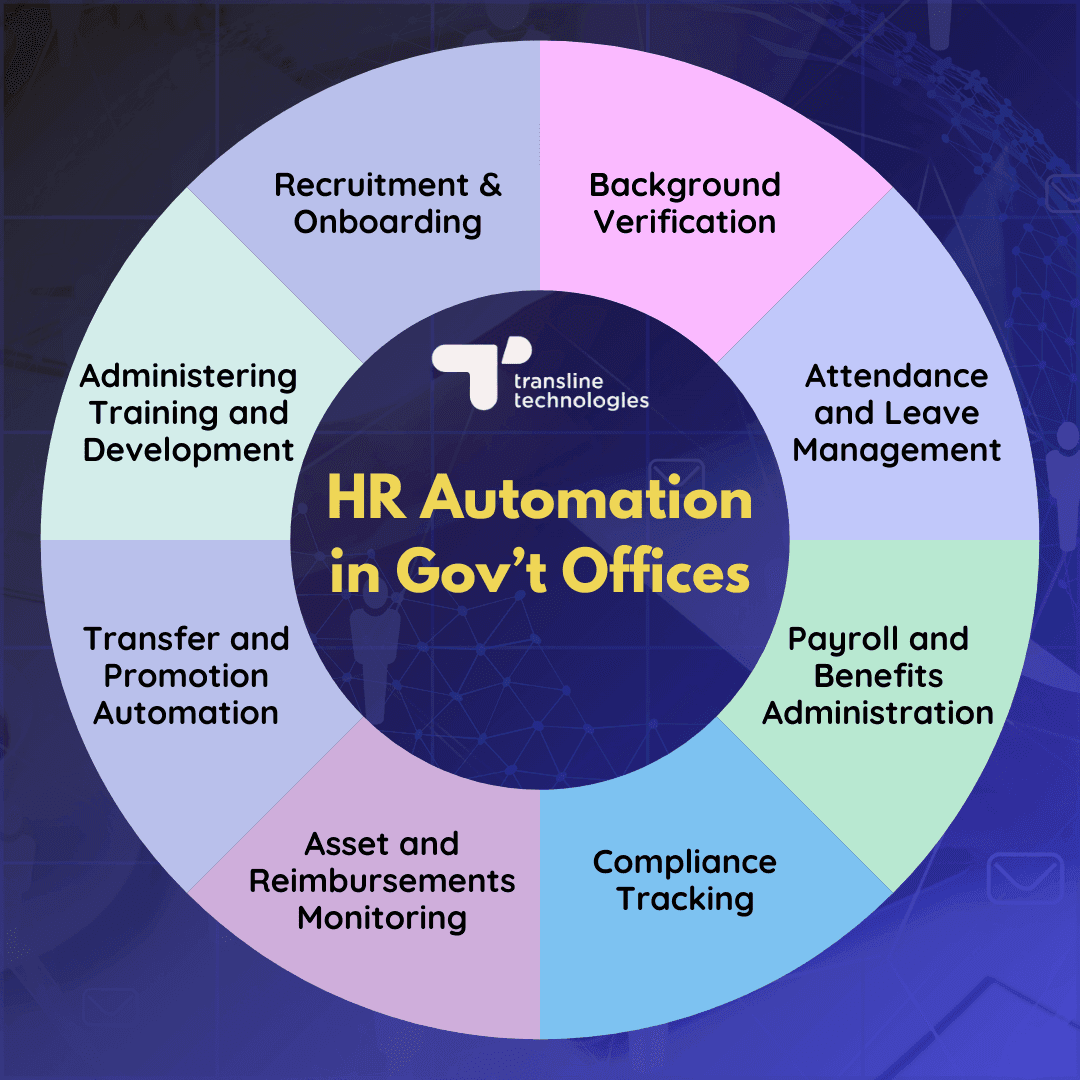
Transfer and Promotion Automation
In India, government organizations are increasingly automating transfer and promotion processes through digital platforms. These government HRMS softwares facilitate end-to-end HR services, including transfers, promotions, and deputations, ensuring transparency and efficiency . For instance, Haryana mandates that all transfer orders be issued exclusively via its HRMS portal, rendering any manual orders invalid . The state has also implemented an online policy-based transfer system, which uses predefined criteria to generate employee scores, allowing for fair and transparent allocation of postings . At the central level, the system consolidates 78 master circulars to streamline HR decisions across departments . Public Sector Banks have been directed to adopt online platforms that consider employee preferences and ensure equitable transfers . These initiatives collectively aim to enhance transparency, reduce manual interventions, and promote data-driven governance in public sector HR management.
Administering Training and Development
Public sector HRMS tools are pivotal for administering training and development in government organizations. Under the National Programme for Civil Services Capacity Building (NPCSCB), multiple platforms have been launched by the Government of India to digitize HR services and facilitate continuous learning for civil servants . These Government HRMS platforms enable role-based training, competency assessments, and real-time monitoring, aligning with the Framework for Roles, Activities, and Competencies (FRACs). State governments, such as Haryana, have also adopted e-HRMS policies to enhance employee management and training processes . Collectively, HR software for Government applications aims to build a future-ready civil service through structured, accessible, and efficient training mechanisms.
IDONE - The Ultimate HRMS Software for Government Institutions
At Transline Technologies, we have developed IDONE, a next-generation HRMS and HR Automation platform that integrates traditional HR functionalities with advanced biometric and AI-powered attendance systems. It supports multiple methods for marking attendance including facial recognition, fingerprint, palm vein scanning, QR codes, geo-location, and card-based systems. IDONE’s biometric system ensures accuracy and prevents proxy or fraudulent clock-ins. With real-time synchronization, it supports centralized attendance management of Government departments across multiple locations. Its intuitive Android interface and web portal offer seamless access to employee attendance, shift scheduling, and leave requests. The mobile app allows employees to mark attendance with live GPS and QR codes, manage leave, and reset passwords. IDONE enhances workforce management efficiency by reducing administrative burden, improving accountability, and streamlining payroll integration. The facial recognition feature offers a touchless and secure method for attendance, with real-time updates and GPS tagging. Designed for scalability, IDONE is ideal for Ministries looking for a robust attendance tool for Government departments seeking to eliminate inefficiencies and improve visibility into workforce patterns. Custom reporting and flexible holiday or shift configurations further empower HR teams. With robust biometric security, real-time monitoring, and seamless integration, IDONE is ideal for Indian government organizations needing transparent, tamper-proof attendance systems across departments, ensuring accountability and compliance with public service norms.
Get in touch with our experts today to discover how our Government HRMS solutions can streamline HR operations and drive efficiency in your organisation.
